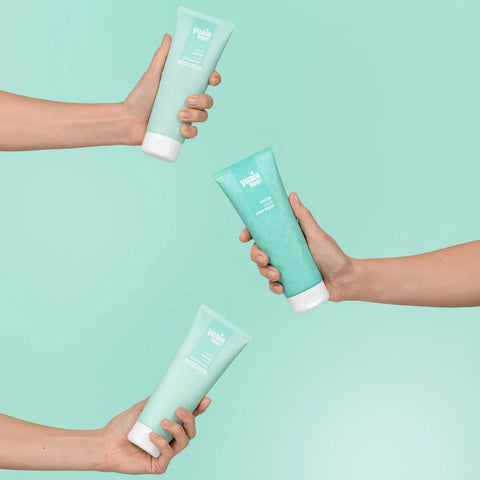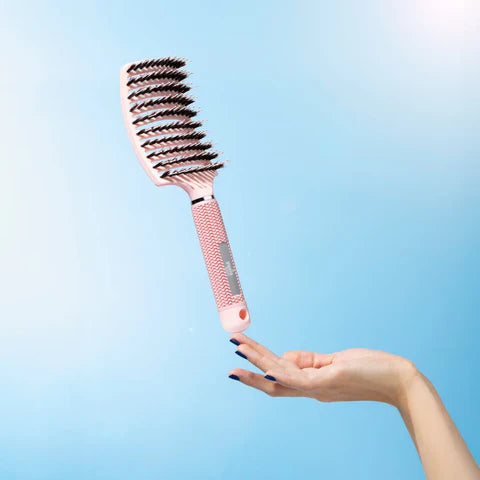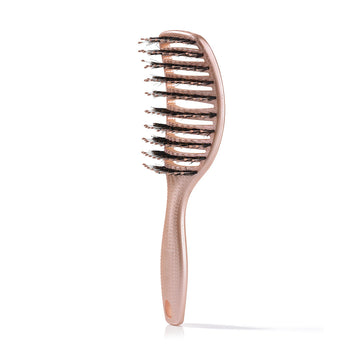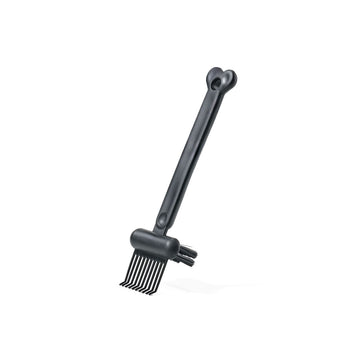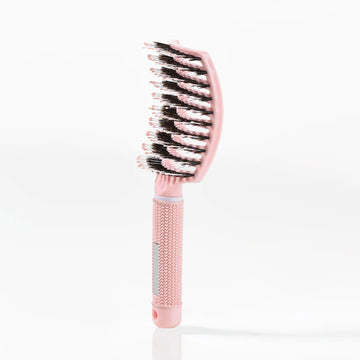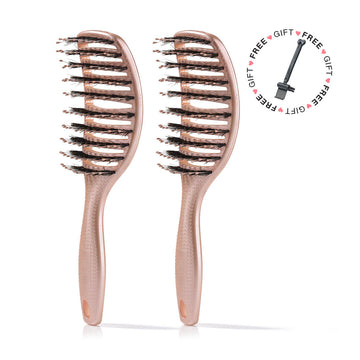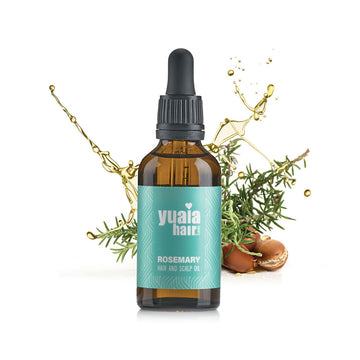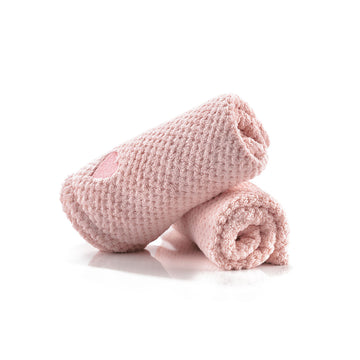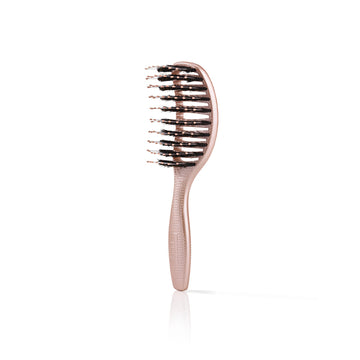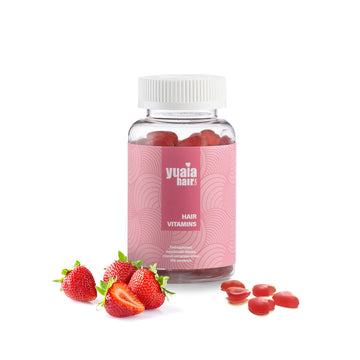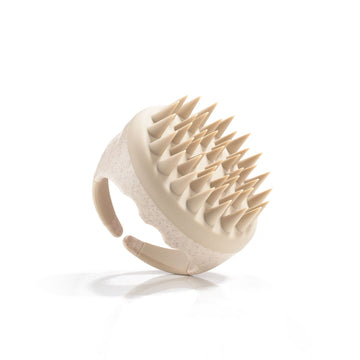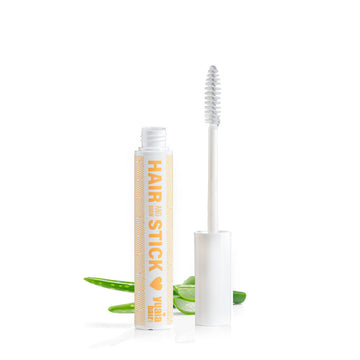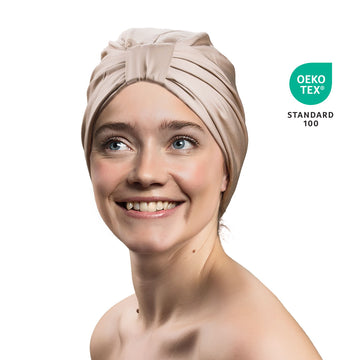
Navigating the World of Hair Oils
With so many hair oils available, it can be challenging to determine which ones can be mixed and how they can benefit different hair types. This confusion often leads to questions about the best combinations and the safety of mixing certain oils. Understanding the properties of each oil and how they interact is essential for creating effective and safe blends. Practical advice and guidelines can help you navigate this complex landscape and maximize the benefits of your customized oil mixtures.
Why Mix Hair Oils?
There are several reasons to mix hair oils, with the primary goal being to enhance their combined properties. By blending oils, you can address specific hair concerns more effectively. For example, combining a moisturizing oil with one known for promoting scalp health can provide a comprehensive solution for dry, flaky scalps. Commonly used oils in these blends include carrier oils like coconut and jojoba, which serve as the base, and essential oils like tea tree and lavender, which add targeted benefits.
For those looking to enhance their haircare routine, experimenting with different oil combinations can be a rewarding experience.
Understanding Hair Oils: Carrier vs. Essential Oils
Hair oils can be broadly categorized into carrier oils and essential oils, each serving a unique role in hair care. Carrier oils, such as coconut and jojoba, act as the base in oil blends. They are known for their moisturizing properties and ability to penetrate the hair shaft, providing deep hydration and nourishment. On the other hand, essential oils, like tea tree and lavender, are concentrated extracts that offer targeted benefits. These oils are often used to address specific concerns such as scalp health and promoting hair growth, making them a valuable addition to your oil blend.
Benefits of Mixing Hair Oils
Mixing hair oils allows you to combine their individual properties, resulting in a potent blend that can address multiple hair concerns simultaneously. For example, a combination of coconut and argan oil is ideal for dry hair, as coconut oil provides deep moisture while argan oil adds shine and softness. Similarly, blending tea tree oil with jojoba oil can help balance oily scalps, as tea tree oil has cleansing properties and jojoba oil mimics the scalp's natural oils. By customizing your oil blend, you can create a tailored solution that enhances your hair's health and appearance.
Methods and Ratios for Safe Mixing
When mixing hair oils, it's crucial to follow proper dilution guidelines to avoid irritation. Essential oils should be used sparingly, typically a few drops per tablespoon of carrier oil. This ensures that the blend is gentle on the scalp while still delivering the desired benefits. For practical mixing and storage, consider using glass jars and droppers, which help maintain the integrity of the oils and make application easier. Proper storage also extends the shelf life of your blend, allowing you to enjoy its benefits for longer.
Application Techniques for Blended Oils
Once you've created your perfect oil blend, there are several ways to incorporate it into your hair care routine. Using it as a pre-wash treatment can help protect your hair from the drying effects of shampoo, while an overnight mask provides intensive nourishment. For a more integrated approach, you can mix a few drops of your oil blend into your shampoo or conditioner, enhancing their moisturizing properties. Each method offers unique benefits, so it's worth experimenting to find the one that best suits your hair needs.
For those interested in experiencing the benefits of hair oils, our rosemary oil is a versatile choice. Known for its ability to promote healthy hair, it can be used alone or as part of a custom blend to enhance your hair care routine.
Customizing Your Hair Oil Blend
Creating a personalized hair oil blend is a rewarding journey that allows you to tailor your haircare routine to your specific needs. Start by experimenting with small batches to find the perfect combination for your hair type. Consider the unique properties of each oil and how they can address your hair concerns. For instance, if you're dealing with dryness, a blend of coconut and argan oil can provide deep moisture and shine. Keep track of how your hair responds to different combinations and adjust the ratios as necessary.
Precautions and Safety Measures
When mixing hair oils, safety should always be a priority. Performing a patch test is important, especially if you have allergies to certain plants. Apply a small amount of the oil blend to a discreet area of skin and wait 24 hours to check for any adverse reactions. Additionally, always dilute essential oils with carrier oils to prevent irritation. Adjust the oil ratios based on how your hair reacts, and remember that less is often more when it comes to essential oils.

Embrace the Journey of Hair Oil Blending
Embracing the process of mixing hair oils is not only about achieving healthier hair but also about enjoying the journey of self-care and personalization. As you explore different blends, you'll discover what works best for your hair, creating a routine that is uniquely yours. This creative process allows you to connect with your haircare needs on a deeper level, transforming your daily routine into an enjoyable ritual.
Frequently Asked Questions
Can I mix any hair oils together?
Most hair oils can be safely mixed, as long as they are properly diluted and compatible. Carrier oils like coconut and jojoba serve as great bases, while essential oils should be added in small amounts to enhance specific benefits. Always ensure that the oils you choose are suitable for your hair type and concerns.
How do I know which oils to mix for my hair type?
Select oils based on your hair's specific needs. For dry hair, consider mixing moisturizing oils like coconut and argan. For oily scalps, a blend of tea tree and jojoba can help balance oil production. Experiment with different combinations to find the ideal mix for your hair type.
What tools do I need for mixing hair oils?
Essential tools for mixing hair oils include glass jars for storage, droppers for precise measurements, and funnels to prevent spills. These tools help maintain the integrity of the oils and ensure safe mixing and storage.
How often should I use mixed hair oils?
The frequency of use depends on your hair type and goals. For dry or damaged hair, using an oil blend once or twice a week as a deep treatment can be beneficial. For regular maintenance, incorporating a few drops into your daily routine may suffice. Adjust the frequency based on how your hair responds to the treatment.
 2-4 day UK delivery
2-4 day UK delivery
 25.000+ satisfied customers
25.000+ satisfied customers
 Satisfaction Guarantee
Satisfaction Guarantee




